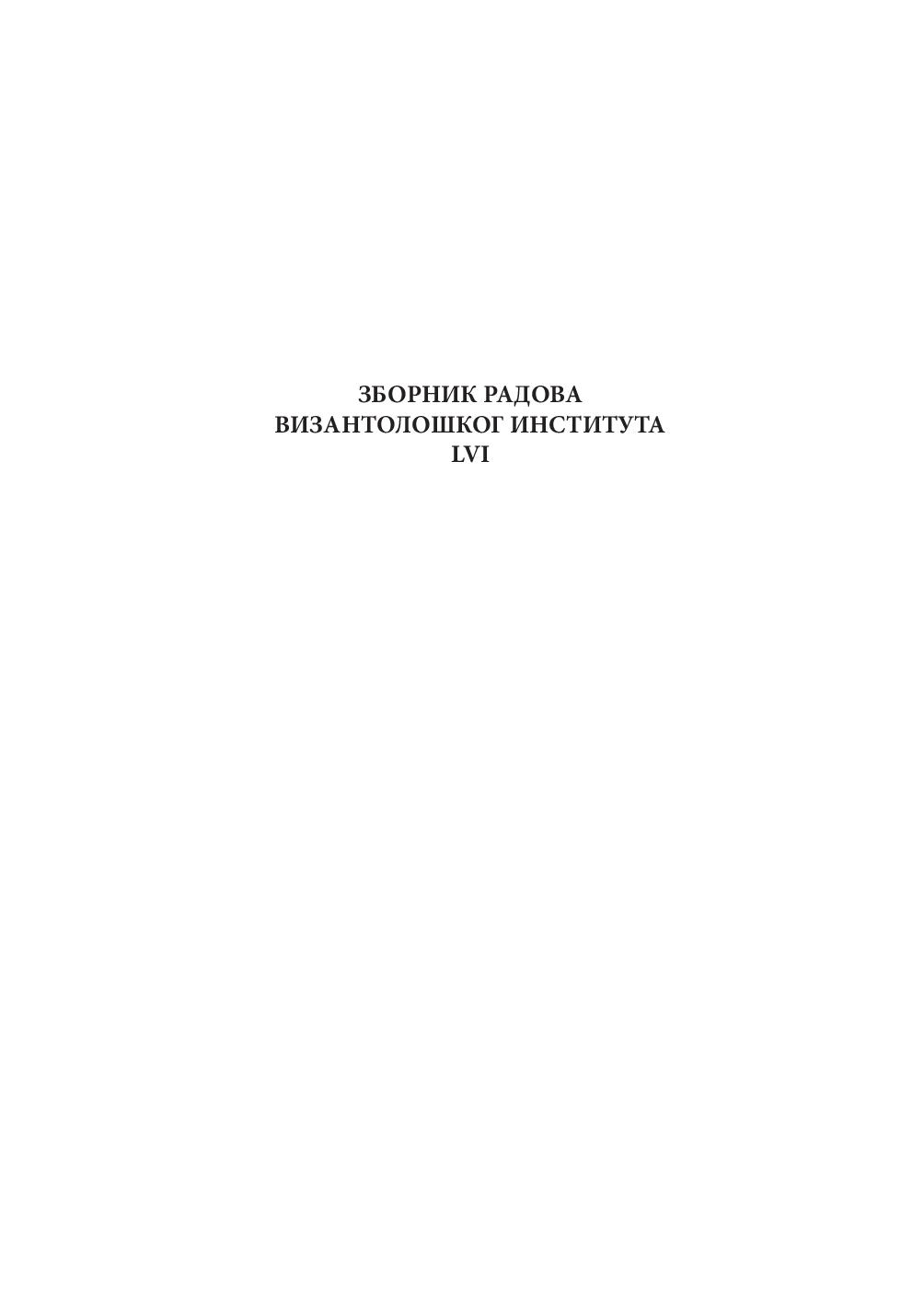FU-LIN DANCES IN MEDIEVAL CHINESE ART – BYZANTINE OR IMAGINARY?
FU-LIN DANCES IN MEDIEVAL CHINESE ART – BYZANTINE OR IMAGINARY?
Author(s): Angeliki LiveriSubject(s): Cultural history, Middle Ages
Published by: Vizantološki institut SANU
Keywords: art; Byzantium; China; Fu-lin; dance; tributary paintings
Summary/Abstract: Chinese artists, active from the Tang dynasty to Northern Song dynasty, created famous paintings including Fu-lin musical and dancing scenes; as e. g. Yan Liben, Wu Daozi and Li Gonglin. The most of these works are unfortunately lost; thus, we have information only from written descriptions to reconstruct them. Some researchers identify Fu-lin with the Byzantines; others disagree with this interpretation. Therefore, it is worthwhile to study whether the musical and dance motifs that referred to Fu-lin and were used by the above mentioned Chinese artists and literati can be identified with Byzantine elements and their performers with Byzantines ones.
Journal: Зборник радова Византолошког института
- Issue Year: 2019
- Issue No: 56
- Page Range: 69-94
- Page Count: 26
- Language: English

